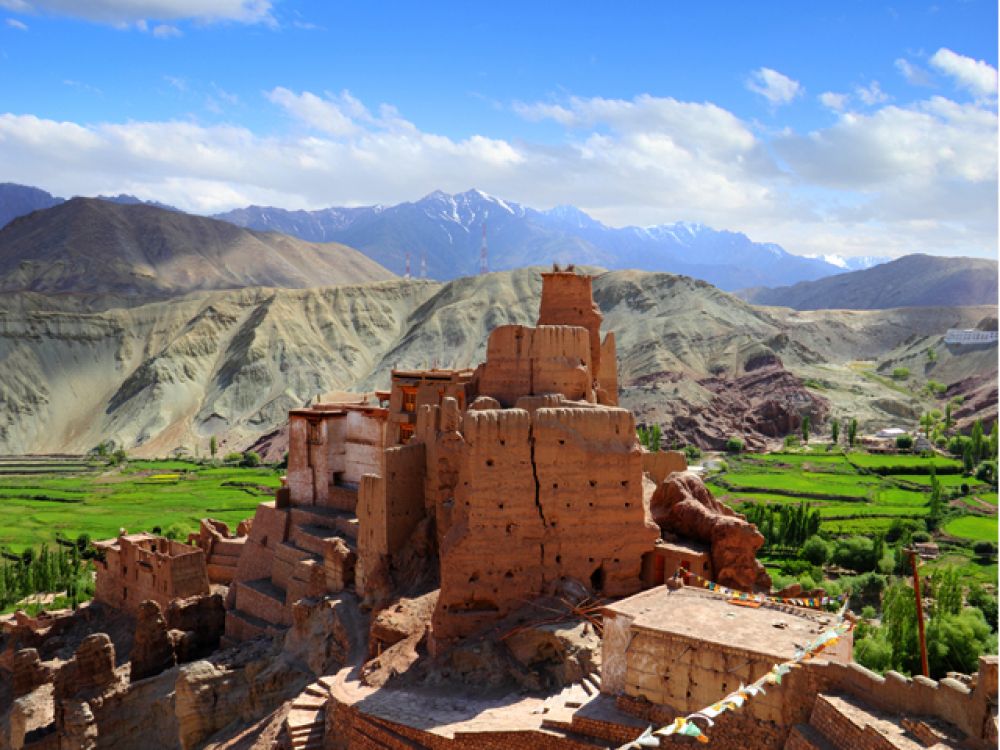

The striking region of Ladakh, often referred to as 'Little Tibet', has been a captivating destination for travelers for decades. Its tourism history can be traced back to the 1970s when it was first opened to foreign visitors. Ladakh's unique topography, cultural richness, and spiritual significance began to attract adventure enthusiasts and explorers worldwide. As the years passed, the establishment of organized tourism infrastructure paved the way for a sustainable increase in the number of tourists.
Perched atop the hill, Basgo Monastery is an embodiment of serenity and a testament to the historical grandeur of the 14th to the 17th centuries. It was once the political center of Ladakh and the ancient ruins around it still narrate the tales of its past glory. The Monastery holds a significant position in Buddhism; it is home to copper-gilt statues of Buddha and elaborate murals depicting various aspects of Buddhist philosophy.
Alchi Monastery, situated on the banks of the Indus River, is another gem in Ladakh’s crown. Known for its age which dates back to the late 11th century, Alchi is unique because it is situated on flat ground, unlike other monasteries in the region which are usually perched on hills. The Monastery is renowned for its stunning frescoes and exquisite wooden carvings that are considered to be the best surviving examples of Buddhist art in the region.
In recent years, there has been a shift in the tourism trends of Ladakh. Ecotourism, sustainable travel, and experiential stays have gained popularity among the new-age global travelers. People are increasingly interested in homestays and engaging with the local communities, learning about their cultures and traditions. Additionally, adventure tourism continues to thrive with activities like trekking, mountain biking, and river rafting in the Zanskar river becoming more sought after for thrill-seekers.
To visit Basgo and Alchi, the best time of year is between May and September when the roads are clear of snow. Visitors are advised to be mindful of the ecological balance and cultural sensitivities of the region. As remote areas with delicate environments, it’s essential for tourists to promote eco-friendly practices and respect local customs.